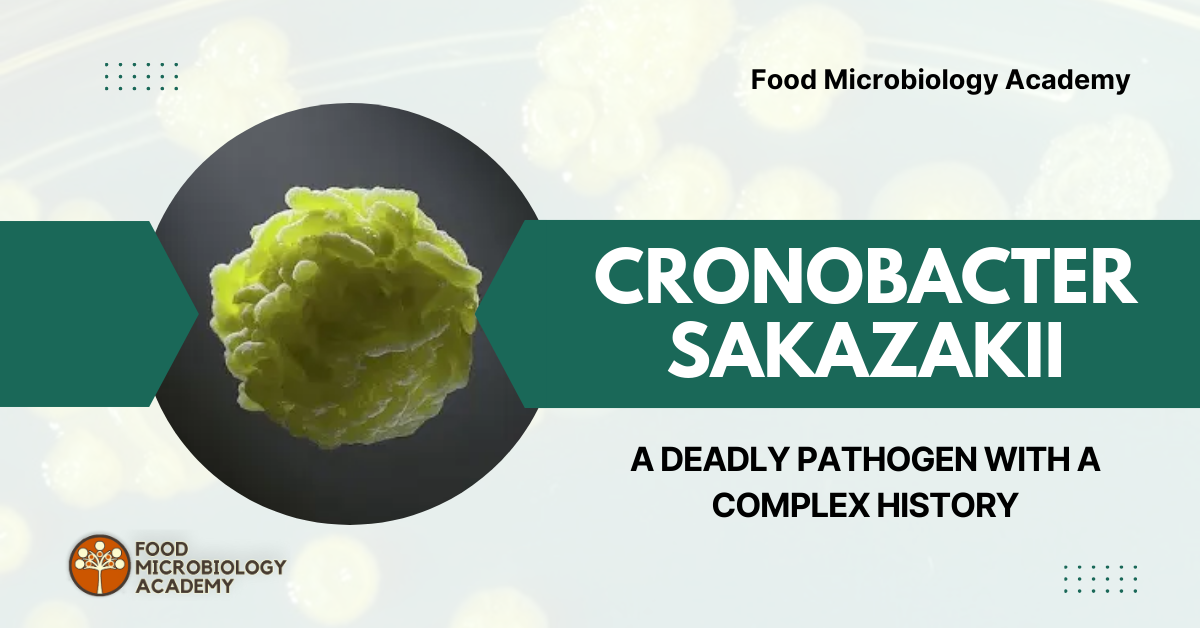Will AI Take Your Job in Food Microbiology?
This blog article was created with Perplexity.ai, using the following prompt. One major limitation of generative AI for text generation is that they do not understand word counts too well. Aiming for a 1 500 word article, I put an instruction for double that length, yet still failed to reach that target, as the text output was 1 385 words. Outline a 3 000 word blog article on some case studies of current applications of generative AI in food microbiology and AI in more generally in food microbiology, plus possible future applications and potential for AI and generative AI. Artificial Intelligence (AI) and generative AI are revolutionising food microbiology and the broader food industry. This article explores current applications, case studies, and future potential of AI in food microbiology, with a focus on how these technologies are enhancing food safety, quality control, and innovation. Current applications of AI in food microbiology Rapid pathogen detection AI-powered systems are transforming the speed and accuracy of foodborne pathogen detection. A notable example is the use of the You Only Look Once (YOLO) algorithm for identifying bacteria in food samples2. Researchers at UC Davis have developed a technique combining AI and optical imaging to quickly and accurately detect bacteria such as E. coli on romaine lettuce. This method can complete analysis within three hours, a significant improvement over conventional culture-based methods that can take several days2. The YOLO algorithm has shown remarkable precision, accurately identifying 11 out of 12 lettuce samples contaminated with E. coli. Moreover, it can differentiate E. coli from seven other common foodborne bacterial species, including Salmonella, with an average precision of 94%2. This level of accuracy and speed has significant implications for preventing foodborne outbreaks and ensuring food safety. Automated microbial identification AI is also enhancing the capabilities of existing technologies used in microbial identification. For instance, matrix-assisted laser desorption/ionisation time-of-flight mass spectrometry (MALDI-TOF MS) combined with AI-enabled software has achieved 100% accuracy in identifying and classifying two Staphylococcus aureus subspecies4. This combination of advanced analytical instruments and AI algorithms allows for rapid and precise bacterial identification, crucial for both food safety and quality control. Microbiome analysis AI algorithms are increasingly used to analyse gut microbiota data, which has implications for both food science and human health. These tools can process large datasets to establish connections between nutrition, health, and dietary behaviors5. This application of AI not only aids in understanding the complex interactions within the gut microbiome but also supports the development of personalised nutrition plans and dietary recommendations. Case studies of generative AI in food microbiology Precision fermentation Generative AI is playing a crucial role in advancing precision fermentation, a technology used to produce specific molecules, particularly protein-based ingredients, for the food industry. AI tools are being used to rapidly analyse and understand the best genomic edits to apply to microbial strains, improving the yield of desired molecules5. For example, AI algorithms can simulate and optimise the metabolic pathways of microorganisms used in fermentation processes. This allows for the creation of “synthetic cell factories” that can produce specific ingredients with high efficiency. The synergy between AI and synthetic biology is particularly promising for developing novel food ingredients and improving production processes3. Enzyme engineering Generative AI is revolutionising the design and engineering of food enzymes. Traditional methods for improving enzymes often consider only a limited number of parameters and struggle to account for the complex environments in which food processing occurs. AI-assisted design, however, can simulate complex reactions performed by process-aid enzymes in real food processing environments5. This approach significantly reduces computational time and resources compared to traditional physical methods. It allows food scientists to explore a wider range of possibilities in enzyme engineering, potentially leading to more efficient and effective enzymes for various food processing applications5. AI in broader food microbiology applications Food safety and traceability AI is enhancing food safety and traceability throughout the supply chain. Machine learning algorithms can analyse data from various sources, including sensors, drones, and satellite imagery, to monitor crop health, soil conditions, and weather patterns in real-time1. This allows for optimised agricultural practices, reduced resource usage, and increased crop yields, all while maintaining food safety standards. In the processing and distribution phases, AI systems can predict food quality, safety, and shelf life by analysing large datasets. These models help optimise production processes, reduce waste, and enhance product quality by identifying factors that affect food properties and recommending adjustments to production parameters1. Personalised nutrition AI technologies are enabling the development of personalised nutrition recommendations by analysing individual health data, dietary preferences, and genetic profiles. These systems can help consumers make informed choices about their diet, manage chronic conditions, and achieve their health goals1. The integration of AI with microbiome analysis further enhances the potential for truly personalised dietary advice. Food product innovation AI-driven platforms are assisting food scientists in identifying novel ingredients, flavors, and formulations for product development. By analysing molecular structures, sensory profiles, and consumer preferences, AI algorithms accelerate the discovery of new food products and optimise their taste, texture, and nutritional content1. Future applications and potential Advanced predictive modelling The future of AI in food microbiology lies in more sophisticated predictive modelling. AI could potentially simulate complex microbial ecosystems within food products, predicting how different microorganisms interact over time and under various conditions. This could lead to more accurate shelf-life predictions, improved food preservation techniques, and the development of novel probiotic products. Real-time monitoring and intervention As AI systems become more advanced and integrated with Internet of Things (IoT) devices, we may see the development of real-time monitoring systems for food production and storage. These systems could detect microbial contamination or growth as it happens and automatically initiate intervention protocols, significantly reducing the risk of foodborne illnesses. Synthetic biology and food design The combination of AI and synthetic biology holds immense potential for food design. AI could be used to design entirely new microorganisms or modify existing ones to produce specific flavors, textures, or nutritional profiles. This could lead to the creation of novel food products







